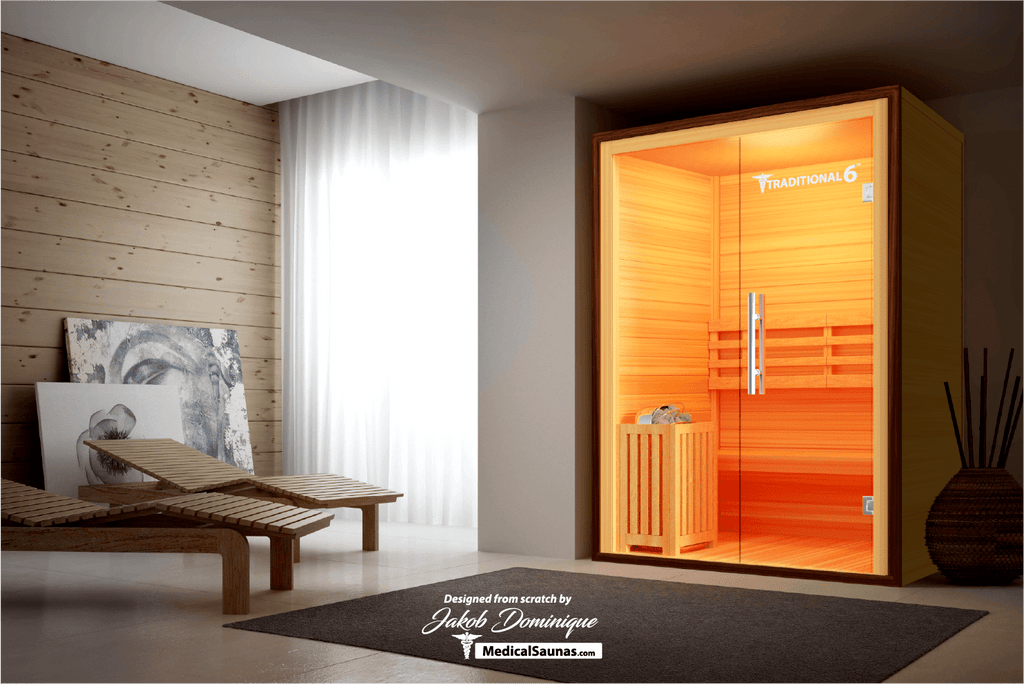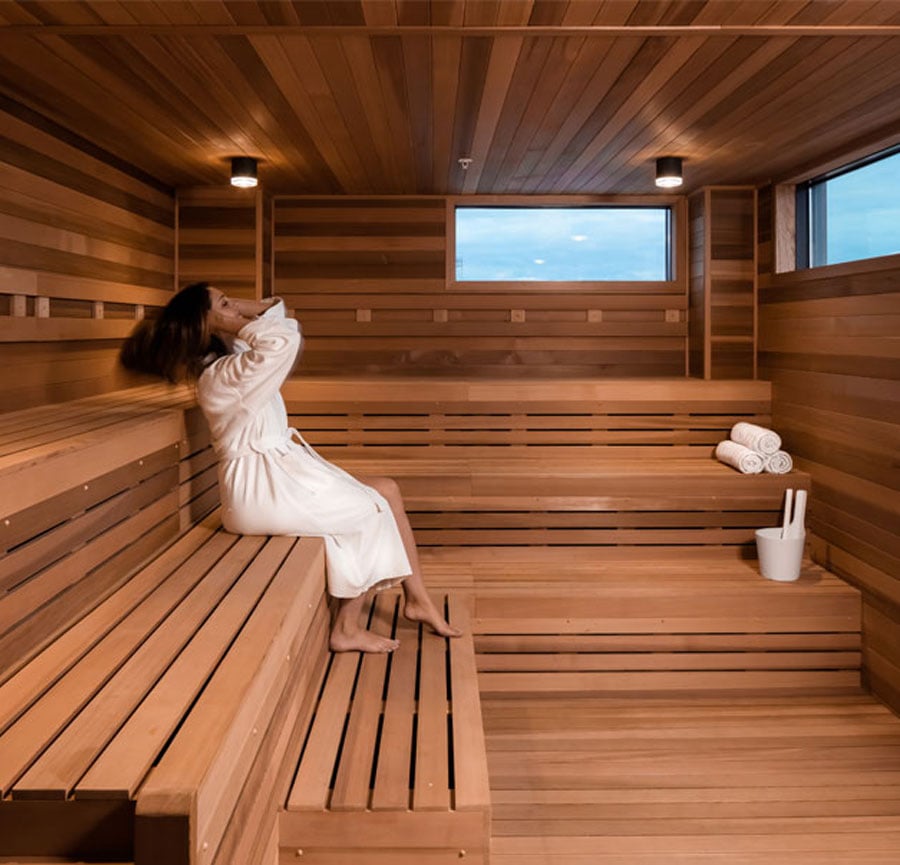Everything about Traditional Sauna
Everything about Traditional Sauna
Blog Article
The Best Guide To Traditional Sauna
Table of ContentsThe Ultimate Guide To Traditional SaunaSome Ideas on Traditional Sauna You Need To KnowThe Only Guide for Traditional Sauna8 Simple Techniques For Traditional SaunaThe Main Principles Of Traditional Sauna
The majority of the weight lost in a sauna is water loss and is re-gained upon rehydrating. However, undoubtedly sauna can be an important component of a healthy weight management program. To take a look at the differences between traditional and IR saunas, I will certainly divide these right into proven, theoretical, and fabricated differences.Therefore, the hottest factor in the saunawhich is at the ceiling straight over the sauna heateris generally in between 185 and 190 F. Claims that a typical sauna surpasses 200 F is simply not real and not appropriate for electrical saunas offered in the US. The temperature level for a far-infrared sauna is typically established between 120 and 140 F; however, unlike the standard sauna, the goal in and IR area is not to accomplish a high temperature.
Due to this, the temperature level difference is virtually unimportant, because profuse sweating results in both sauna types, yet the method of heating up the body is different. In an IR sauna the bather will certainly really feel warm and will sweat a lot, however at a lot lower temperatures (Traditional Sauna). Hence, if the goal is to invest longer amount of times in the sauna, the IR sauna is a great selection
When a traditional sauna has been properly heated up, the sauna wall surfaces are cozy, the air temperature has achieved set temperature level and the rocks are super heated. As a fascinating side note, the heated wall surfaces and the rocks are sending out far-infrared heat, integrated with the warmed air, to develop an "enveloping heat".
The Definitive Guide to Traditional Sauna

When the high temperature is accomplished, the aspects cycle on and off to preserve the heat. Most typical sauna customers delight in putting water over the rocks to develop vapor to increase sauna humidity levels. The advantages of pouring water over the rocks include: making the area more comfortable, dampening the nasal passages, and allowing the usage of aromatherapy by mixing crucial oils with the water.

When the power gets in the body, it triggers the body temperature to raise and eventually results in perspiration. In an infrared sauna it is necessary for the emitters/heaters to stay on virtually regularly. Because there is no mass of rocks to maintain heat, the sauna will certainly cool down if the emitters shut down.
As mentioned above, the sauna bather in an infrared area desires to place himself before operating emitters image source to obtain maximum gain from the warmth. The heating time for both areas can be extremely various, depending upon just how the rooms are utilized. For a conventional sauna, a bather ought to permit 30-40 mins for the room to achieve a wanted temperature and to effectively pre-heat the rocks.
The Basic Principles Of Traditional Sauna
A well constructed sauna will commonly attain a temperature of 150-160 F in regarding 30-40 mins. For hotter temperature levels, the area might need to warm for a longer period. When the space attains set temperature, the heating system will certainly cycle on and off, usually operating regarding 50% of the time. The protected walls and the heated rocks will keep the room warm and at stable temperatures.

Traditional saunas often tend to be bigger (hence utilize even more electricity) than infrared saunas, although standard saunas are definitely offered in one and two person dimensions also. For a two-person standard sauna, 5x6 or 5x7 size is most preferred. The top bench can pleasantly seat 2 or three people and is also long enough to rest during the sauna session.
The Only Guide for Traditional Sauna
The typical expense per kWH of electrical energy in the united state is approximately $0.11, so a 4.5 kW heating unit will cost around $.50 to compete one hour, if the heater runs constantly for one hour. click reference Typically a sauna heater will run for 75% of the very first hour and 50% of succeeding hours on given that the components cycle once the established temperature level is attained.

Ultimately, there is a hardly ever gone over difference in the social experience in between the 2 areas. While our society has shed a few of the social benefit of the standard sauna experience, it can be extremely socially gratifying (Traditional Sauna). From family time in the sauna, to heart-felt discussions with considerable others, to sauna partiesthe conventional sauna experience can lead to intimate mingling
The Basic Principles Of Traditional Sauna
A lot of higher end infrared spaces include colored light treatment, stereo and full-glass fronts. The size of most spaces permit for 2 people to conveniently make use of the room, while some styles might permit for a third or 4th individual to make use of the room. Custom-made infrared areas are additionally readily available, with room sizes offered approximately 7' x click 8' x 7' high.
Report this page